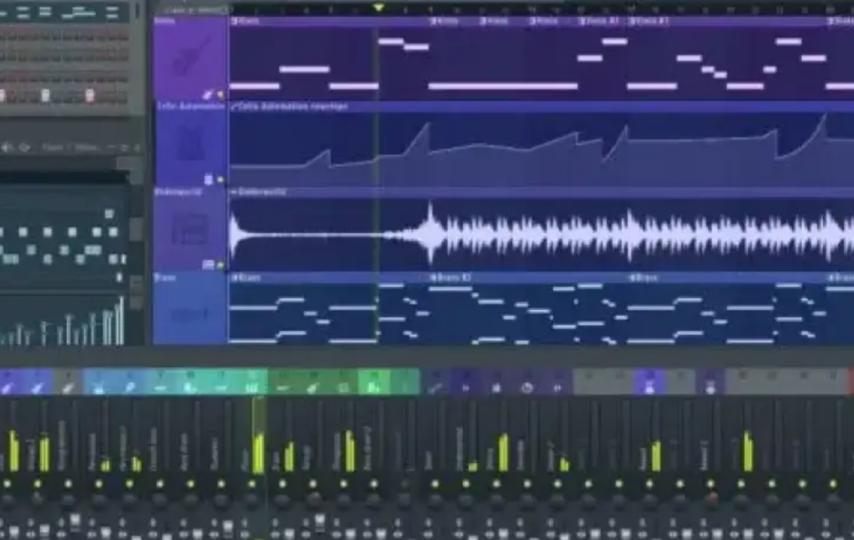Are you looking to create high-quality audio content? Whether you’re a podcaster, musician, or voiceover artist, having the right audio production software is essential for producing professional-grade recordings.
Audio production software, also known as digital audio workstations (DAWs), are computer programs designed to help you create and edit audio. They allow you to record, edit, mix, and master audio tracks.
But with so many types of audio production software on the market, finding the right one for you may not be as direct.
So, if you’re looking for software that will help you create stunning, professional-grade recordings that will impress your audience, read on as we explore the key features to consider when choosing the right audio production software for your needs.
Know Your Needs and Budget
Before you start searching for audio production software, it’s essential to know what you need and how much you’re willing to part with for the software. So, try and consider what type of audio content you want to create, your level of experience, and the features you require.
If you’re just starting, you may want basic software that’s easy to use and affordable. If you’re an experienced user, you may require advanced features and tools.
Additionally, you must consider your budget as audio production software can range from free to several thousand dollars. While there are many free options available, paid software usually comes with more features and better support.
Ultimately, knowing your needs and budget will save you time and money in the long run.
User Interface and Ease of Use
No matter how advanced the software is, if the interface is confusing and difficult to navigate, it will decrease your productivity and frustrate you. As such, you must look for software that has a clean and intuitive user interface.
The software should have a clear layout, and the buttons and menus should be easy to find. Some software also offers customizable interfaces, which can be beneficial if you have particular preferences.
Remember, the more comfortable you are with the software’s interface, the more productive you’ll be in creating high-quality audio content.
Note that it’s essential to consider the platform you’re using. Some software is only available for Mac, while others work only on Windows. Make sure the software you choose is compatible with your operating system.
Task Assigning Functions
Audio production is a complex process that involves many tasks, from recording to mixing to mastering. For this reason, you must look for software that has task-assigning functions.
Task-assigning functions allow you to assign specific tasks to team members or yourself, ensuring that the project stays on track. This feature is particularly useful if you’re working with a team, as it helps to streamline the production process and avoid confusion.
Some software also allows you to set deadlines for each task, ensuring that the project is completed on time.
Access Remotely from Any Device
In today’s digitally connected age, it’s essential to have access to your workspace from anywhere, at any time. By choosing audio production software with remote capabilities, you can access your projects remotely from any device.
Cloud-based software, for instance, has all its projects stored on the cloud, meaning you can access them from any device with an internet connection. This feature is particularly useful if you’re working with a team, as it allows team members to collaborate on the project from anywhere in the world.
Equipment Scheduling Tools
If you’re working with a team or using a studio with limited equipment, equipment scheduling tools can be a lifesaver. These tools allow you to schedule and manage equipment usage, so everyone knows when equipment is available and when it’s being used by someone else.
Equipment scheduling tools can also help you avoid conflicts and ensure that everyone has access to the equipment they need. Some software programs come with built-in equipment scheduling tools, while others offer integrations with other scheduling software.
Analytics and Reporting
Analytics and reporting may not seem essential when it comes to audio production software, but they can be incredibly useful for tracking your progress and improving your content.
For instance, you can view data on various aspects of the production process, such as the time spent on each task, the number of revisions, and the overall project completion rate. This data can help you identify bottlenecks in the production process and improve your workflow.
The Bottom Line
From editing and mixing to mastering and post-production, the right software can make all the difference in your audio production quality by streamlining your workflow and enhancing the final product.
So, take the time to research and choose the one that ticks all your boxes. With the right software, you’ll be able to take your audio content to the next level and cut through the noise.








